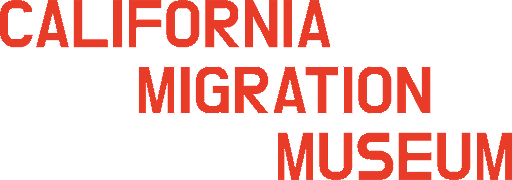Gay Liberation
“United we stand. Divided, they will catch us one by one”
As San Francisco became increasingly known as the center of American gay life, the Black Cat Cafe in North Beach became famous for its drag shows starring José Sarria. In response to ongoing police raids and surveillance, Sarria began to infuse politics into his performances. Much like Michelle in At Home in the Castro? a decade later, Sarria used his platform to address the Black Cat’s customers as part of a larger gay community with the power to effect change.
In 1961, using the Black Cat as a political headquarters, Sarria ran to be elected as one of San Francisco’s City Supervisor—the first known openly gay candidate anywhere in the world to run for public office. He shocked supporters by winning 6,000 votes, setting in motion the idea that a gay voting bloc could wield real power in city politics.
Sarria went on to found the Society for Individual Rights (SIR), a homophile organization focused on publicly affirming queer identity and providing a range of social services. However, within a few years, SIR’s campaign to slow and methodically win gay rights through gradual acceptance was overshadowed by the more radical ideas of the new Gay Liberation Movement.
Jose Sarria performing at the Black Cat, 1950s, courtesy of the
A New Generation
A generation younger than most of the members of homophile organizations like SIR or the Mattachine Society, the gay liberationists saw their cause as an extension of the civil rights struggle and black power, the antiwar movement, second wave feminism, and Marxism. And while homophile groups had moderate tactics and assimilationist views–seeing themselves as the same as straight people in all other ways than sexual behavior–liberationists publicly celebrated homosexual difference, believing that discussion of gay identity could transform society. They saw their fate deeply linked to other oppressed groups, placing sexual liberation as a part of broader fight for social change.
Bay Area activist Carl Wittman’s “A Gay Manifesto,” published in 1970, was an influential and widely distributed declaration of liberationist views. Wittman also called for a recognition of male chauvinism and racism among gay men, as well as attention to the different experiences and perspectives of lesbians, bisexuals, drag queens, and other identities within the queer community.
Carl Wittman’s Gay Manifesto, 1970
“San Francisco is a refugee camp for homosexuals. We have fled here from every part of the nation, and like refugees elsewhere, we came not because it is so great here, but because it was so bad where they are.”
Harvey Milk
Gay liberation’s consciousness-raising set off a new wave of migrations: in the seventies, thousands upon thousands of young gay men and women left their small towns for San Francisco, the Castro in particular. Among them was Harvey Milk. Little more than a year after his arrival in the city, he declared his candidacy for the San Francisco Board of Supervisors. He came in tenth in a field of thirty-two candidates, proving to be a force to be reckoned with in local politics. He would run for office three more times before, in 1977, after a referendum that changed the electoral laws so that candidates for supervisor ran in their own districts, and not citywide, Milk ran for supervisor from the Castro and won.
Harvey Milk made history as the first openly gay elected official in California, and one of the first in the United States. His camera store and campaign headquarters at 575 Castro Street (and his apartment above it) were centers of community activism for a wide range of human rights, environmental, labor, and neighborhood issues. During his tenure as supervisor, he helped pass a gay rights ordinance for the city of San Francisco that prohibited anti-gay discrimination in housing and employment. Milk’s real work was to pull LGBTQ Americans out of the closet and into the streets. His assassination in 1978, and the subsequent decision by a San Francisco jury’s to convict Dan White — the former colleague who killed him and then mayor George Moscone — not of murder, but instead, voluntary manslaughter, triggered one of the biggest riots in the city’s history, known as the White Night Riots.
Harvey Milk, 1978
Want to Learn More?
“Harvey Milk and the Castro,” The New Yorker
Primary Source Set: José Sarria, GLBT Historical Society
Refugees From Amerika, Carl Wittman
Primary Source Set: Harvey Milk, GLBT Historical Society



